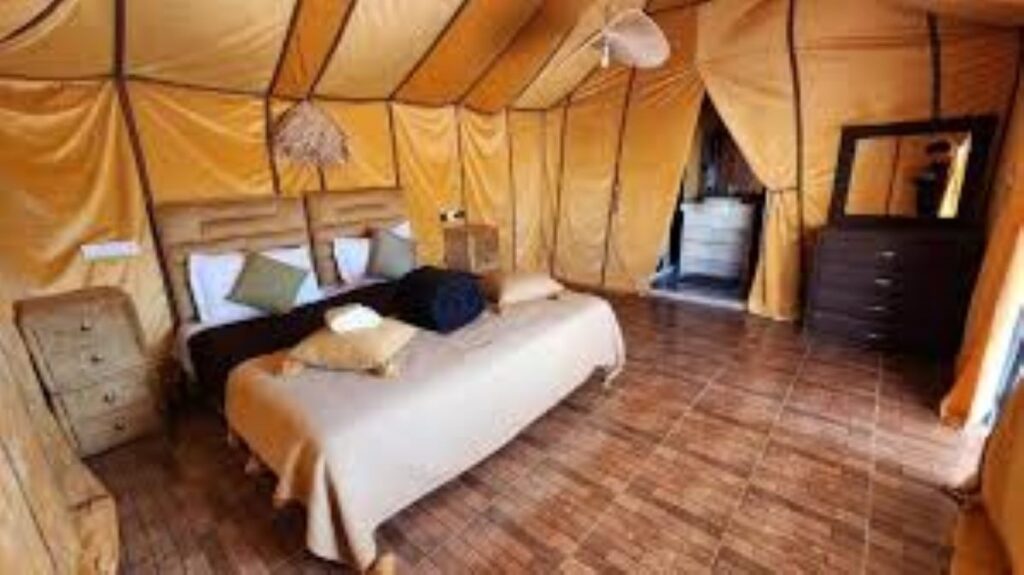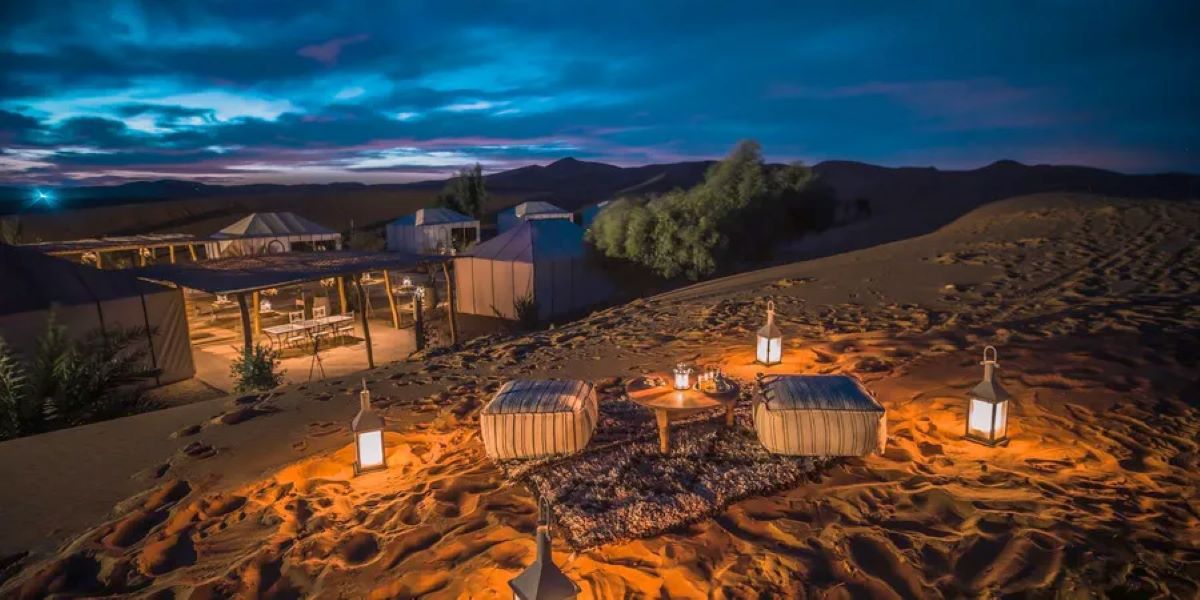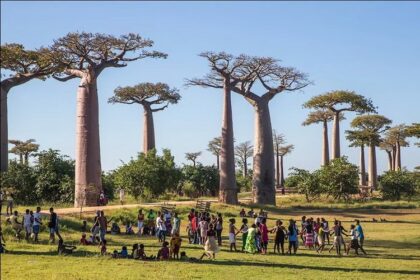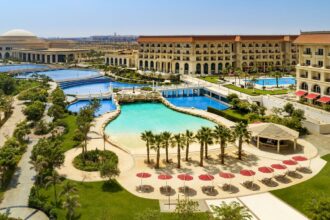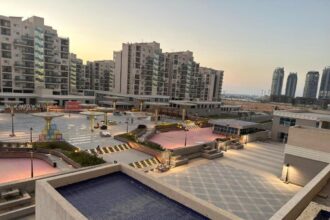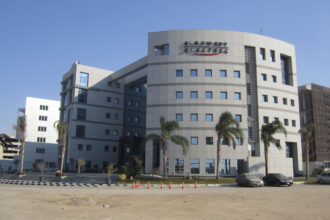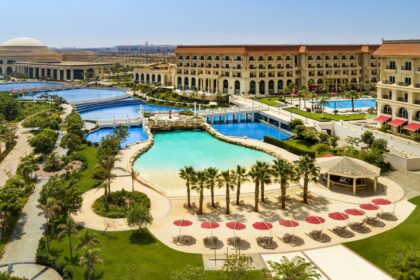At a Glance
- Merzouga transforms from desert stopover to Morocco’s new luxury glamping hotspot.
- Eco-friendly camps blend Berber tradition with modern comfort and sustainable design.
- Rising tourism fuels local jobs but sparks concern over desert water sustainability.
Nestled on the edge of Morocco’s Sahara Desert, a new chapter in the country’s tourism story is quietly unfolding.
The small village of Merzouga, best known for the golden dunes of Erg Chebbi, is moving beyond its reputation as a stopover for camel treks.
It’s now attracting a new wave of travelers seeking high-end comfort in the wild luxury glamping under vast desert skies.
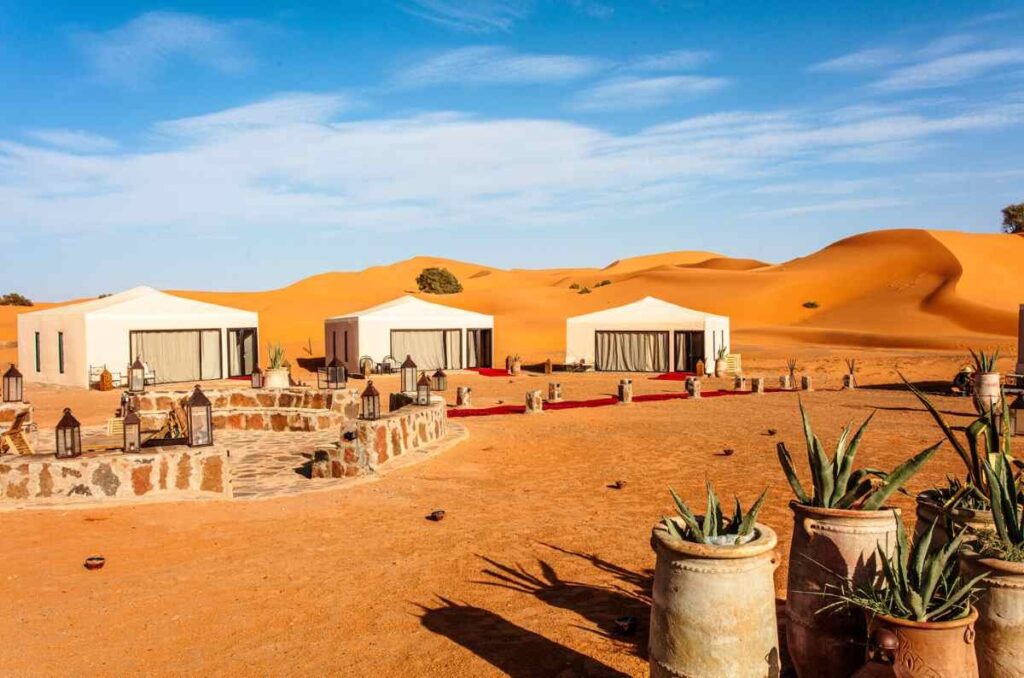
Luxury meets the Sahara
Once a remote outpost between Fez and Marrakech, Merzouga is emerging as a destination in its own right. Luxury desert camps have replaced the basic bivouacs of the past.
Guests can now expect private tents with en-suite bathrooms, curated Moroccan dinners, and sunset camel rides that end with mint tea around a campfire.
The atmosphere blends Berber tradition with modern ease. King-size beds sit on handwoven rugs, solar-powered lamps cast a warm glow, and open-air lounges look out over rolling dunes.
Operators say this model has extended average stays and raised nightly rates, helping the village move from an overnight pit stop to a multi-day retreat.
Mid-range camps keep a more rustic touch of shared meals, storytelling under the stars, and traditional music but now offer improved logistics such as 4×4 transfers and online bookings through luxury travel agencies.
Sustainable luxury in the desert
As Morocco pushes to diversify its tourism beyond Marrakech and the coast, Merzouga is becoming a test case for eco-luxury in fragile environments. Many camps source staff locally, serve traditional cuisine, and partner with Berber cooperatives.
Solar power runs most facilities, while water-saving and low-impact sanitation systems protect the desert’s delicate ecosystem.
A catalyst for local growth
The rise in glamping has brought steady work to the region. Local guides, camel handlers, and artisans are finding new opportunities as visitor stays grow longer.
Transport businesses and food suppliers have also benefited. Still, experts caution that unregulated expansion could strain limited water resources and damage dunes if not carefully managed.
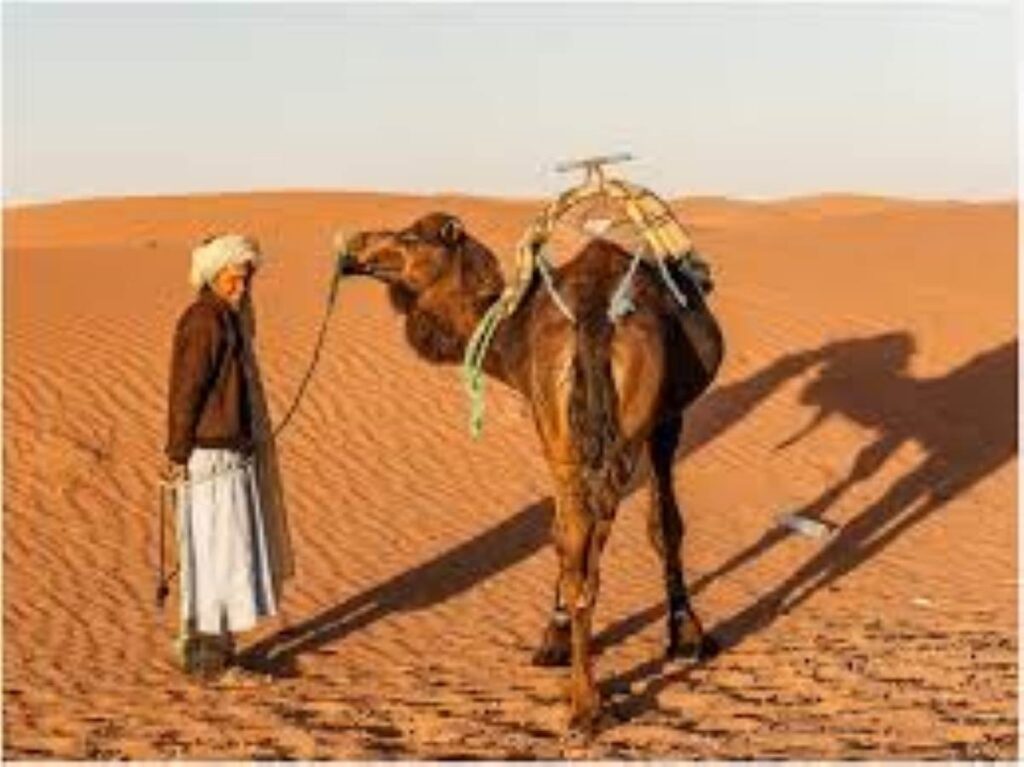
What travelers should know
The best time to visit is from October to April, when days are warm and nights cool. Merzouga is reachable by road from Fez, Ouarzazate, and Errachidia, often as part of routes that include Todra Gorge and Dades Valley.
Expect breathtaking sunsets, camel rides at dusk, and stargazing across some of the clearest skies in North Africa.
Whether staying in a plush tent with linen sheets or a simple Berber camp, Merzouga offers a rare balance of wilderness, culture, and quiet indulgence on a side of Morocco where luxury meets the endless sands of the Sahara.
